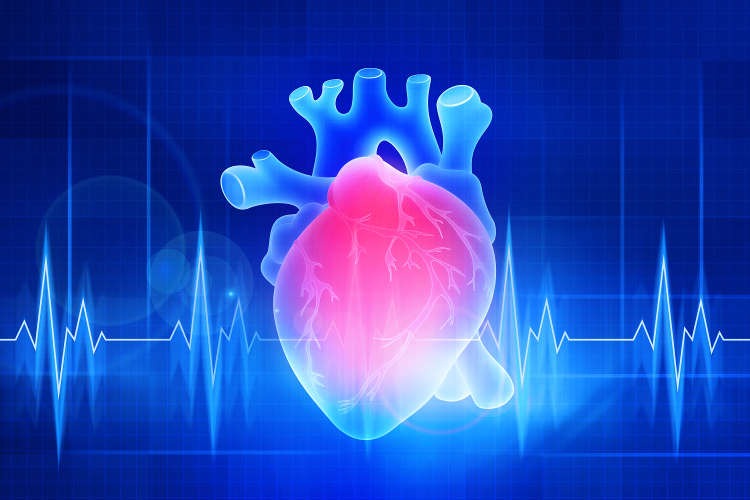One of the leading causes of death globally is heart disease, with women dying from it at a higher rate than males. Cardiologists have been worried about this for a long time, and it has spurred discussion about the causes and effects of potential therapy gaps in the medical community.
Symptoms of Heart Attack
The problem starts with the symptoms: unlike men, who usually suffer chest pain extending to the left arm, a heart attack in women frequently manifests as nausea and vomiting or abdominal discomfort radiating to the back. Unfortunately, patients and healthcare professionals commonly misinterpret these symptoms, which has terrible consequences. The publication The Lancet reported the study’s findings.
In women, the clinical presentation and risk profile are distinct.
The connection between biological sex and heart attacks has now been thoroughly studied by an international research team under the direction of Thomas F. Luscher, professor at the Center for Molecular Cardiology at the University of Zurich (UZH). “Indeed, the illness phenotype seen in males and females differs noticeably. Our study demonstrates that the risk factor profile of men and women upon hospital admission differs considerably “Declares Luscher Female heart attack patients had greater fatality rates than male heart attack patients when age disparities at admission and preexisting risk factors like hypertension and diabetes are taken into account. The cardiologist continues, “However, when these variations are statistically considered, women and men have similar mortality.”
Current risk models encourage the undertreatment of patients who are female.
Researchers from Switzerland and the United Kingdom examined information from 420,781 individuals who experienced the most typical type of heart attack across Europe. The study, according to first author Florian A. Wenzl of the Center for Molecular Medicine at UZH, “shows that established risk models which guide current patient care are less accurate in females and encourage the undertreatment of female patients.” Wenzl adds, “We were able to construct a unique artificial intelligence-based risk score that accounts for sex-related variations in the baseline risk profile and improves the prediction of mortality in both sexes using a machine learning algorithm and the biggest datasets in Europe.
Also Read: Triple-negative breast cancer: Nitric oxide “scavengers” are being used by researchers
AI-based risk profiling enhances personalised healthcare
Big Data analytics and artificial intelligence, in the opinion of many researchers and biotech firms, are the next step toward individualised patient care. Wenzl declares that “our work signals the dawn of artificial intelligence in the management of heart attacks.” The key to tailored therapy is the ability of contemporary computer algorithms to learn from vast data sets and produce precise predictions about the prognosis of specific patients.
Artificial intelligence has enormous promise for the treatment of cardiac disease in both male and female patients, according to Thomas F. Luscher and his team. The use of this new score in treatment algorithms, according to Luscher, “would hopefully increase the survival of patients with heart attacks—both male and female—by improving existing treatment techniques and reducing sex disparities.”
Follow Medically Speaking on Twitter Instagram Facebook





